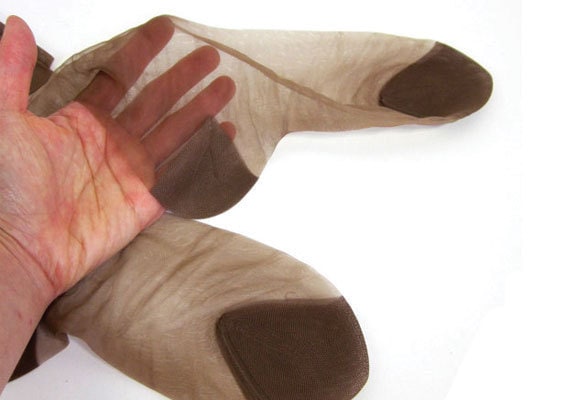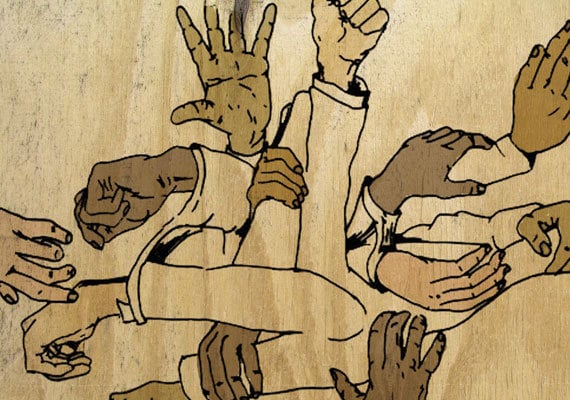Join Tara Raines in her crusade against companies who forget that "flesh tone" and "skin" are not objective descriptions of color.

Buying undergarments is hardly a pleasant shopping experience. The choices are overwhelming; questions of material, structure and shape often slow down shopping to tortoise-like speeds. (You're also forced to contemplate the wobbly bits and problem areas that you'd prefer to banish from your mind.) But for Tara Raines and her recently-formed campaign, "What's Your Nude," it all comes down to a question of color. As one of the most popular colors of bras and intimates, "nude" is an ultimately subjective hue. After discovering that her family dyed their underwear to match their skin tone, Raines was shocked. "Now I understand why my mother was so good at dyeing my tights when I was growing up: because there were no brown tights," Raines said. Raines and her campaign bring up a greater question: why do companies insist on producing colors labeled "nude," when varieties of skin tone are infinite in every culture? "For me, nude would be if I wore brown," said Dodai Stewart, deputy editor of Jezebel. "I do think that it really is exclusionary not to realize that this is not nude for everyone." While it may be cheap to create one average, flesh-like color to be marketed to the general public, such a color is so specific that only a small percent of the population could ever claim it as their own skin color. Last year, first lady Michelle Obama wore a gown designed by Naaem Khan, who described the frock as a "sterling-silver sequin, abstract floral, nude strapless gown." The controversy was thrown into high gear when the Associated Press described the gown as "flesh-colored," causing several media outlets to criticize the AP; one editor wrote, "Whose flesh? Not hers." The offending adjective was changed to "champagne." Since then, fashion writers have asserted that describing colors as "nude" or "flesh" is inherently racist.

The nude debate extends past the fashion world into the market of health, where Band-Aid has long been derided for the limited colors of their adhesive bandage. In response to such an exclusive product, alternatives have popped up on store shelves. Ebon-Aide, a product described as "ethnically correct Band-Aids," is one of the first health products to recognize the reality of unique skin types. Similarly, a company called Urban Armour offers bandages in a range of flesh tones. Tara Raines's Facebook campaign shows that we still have a long way to go when it comes to accommodating physical differences. Over the coming year, her campaign will urge companies to realize that it's unacceptable not to offer variations in flesh tones when it comes to affordable bras. "Women of color have tremendous spending power in the U.S., and it's absurd to think that in 2012 we are essentially disenfranchised when we shop for lingerie. It's my hope that this campaign will drive not only awareness, but swift action by bra makers,"Raines told WWD. For now, Tara Raines's only option is to buy black bras, hoping that as her Facebook group grows, so will the conversation. There is perhaps no skin type in the world quite like your own; so, what's your nude?



